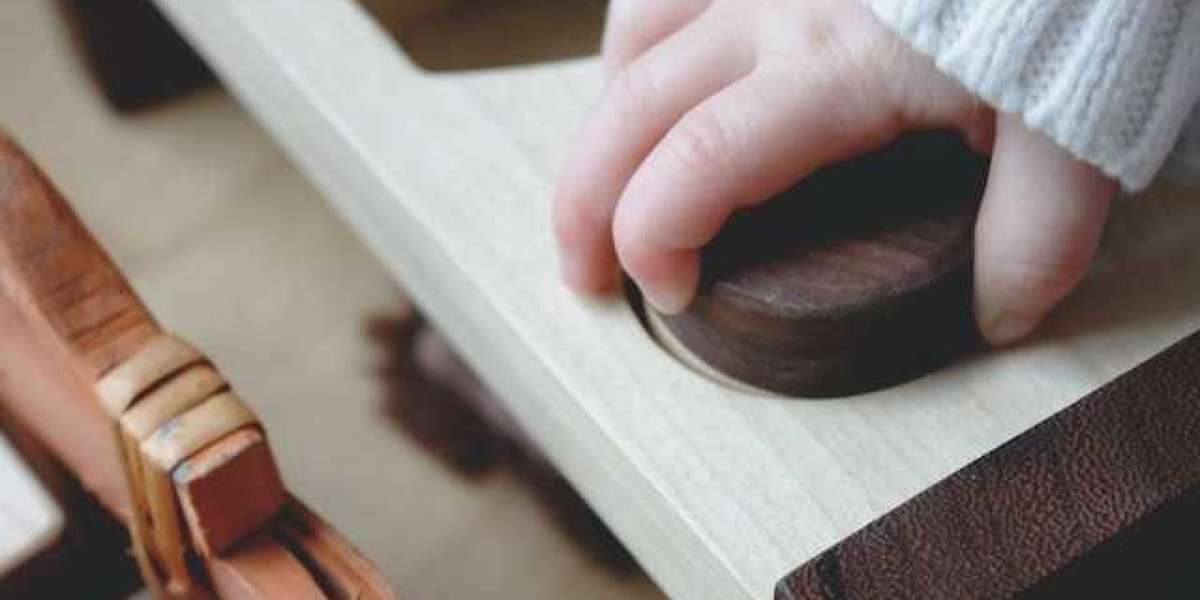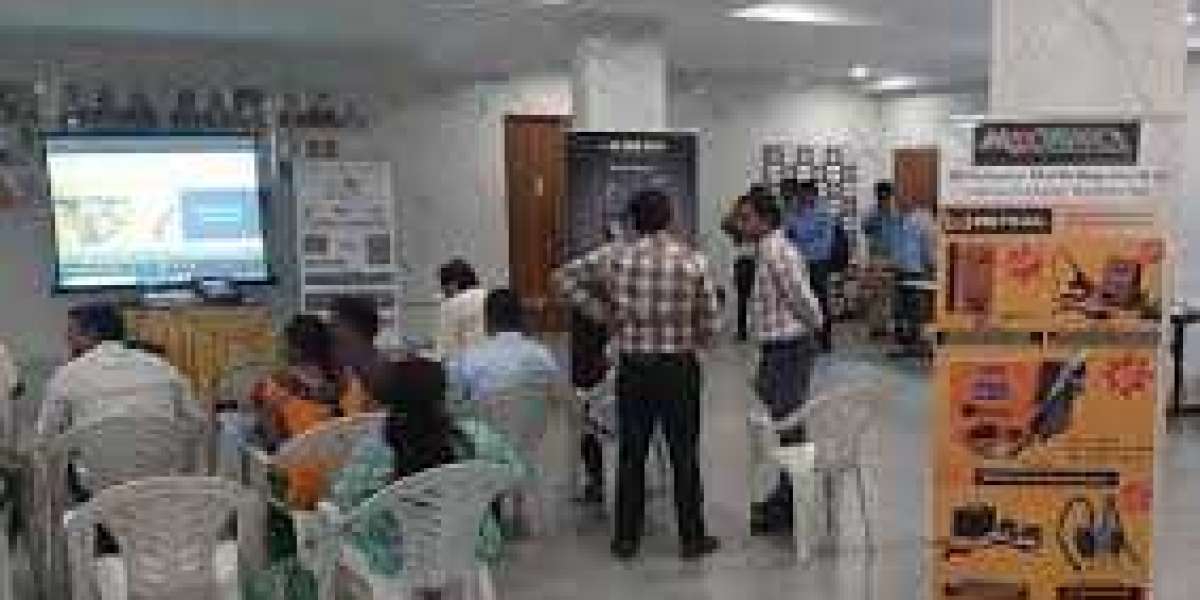In recent years, the demand for sustainable and eco-friendly toys has surged, with more parents seeking alternatives that are not only entertaining but also gentle on the environment. One of the standout choices in this regard is bamboo toys for kids. Bamboo, a fast-growing and renewable resource, offers a plethora of benefits when it comes to crafting toys that are safe, durable, and educational for children.
Why Choose Bamboo Toys?
1. Eco-Friendly and Sustainable
Bamboo is known for its remarkable sustainability. It is one of the fastest-growing plants on Earth, making it a highly renewable resource. Unlike hardwood trees that can take decades to mature, bamboo can grow to full size within a few years. Choosing bamboo toys over conventional plastic or wooden toys helps in reducing the pressure on our forests.
2. Durability and Longevity
Bamboo toys are remarkably durable, standing the test of time even amidst the playful antics of children. The natural strength of bamboo makes it an ideal material for crafting toys that can withstand everyday use, ensuring a longer lifespan compared to many other types of toys.
3. Safety and Non-Toxicity
For any parent, the safety of their child is paramount. Bamboo is a non-toxic material, and it does not require harmful chemicals for its growth or processing. Therefore, toys made from bamboo are free from toxic substances, ensuring a safe playing environment for children.
4. Educational Value
Bamboo toys often come in various shapes, sizes, and colors, making them excellent tools for educational play. They can aid in sensory development, color recognition, hand-eye coordination, and more. Moreover, bamboo toys often incorporate educational themes, promoting early learning and cognitive development in young minds.
Exploring the Diversity of Bamboo Toys
Bamboo toys are incredibly versatile and come in a wide array of options that cater to different age groups and interests. Here are some popular types of bamboo toys for kids:
1. Building Blocks
Bamboo building blocks are perfect for fostering creativity and imagination in children. The blocks come in different shapes and sizes, allowing kids to build structures, towers, or anything their imagination leads them to.
2. Puzzles and Games
Bamboo puzzles and games challenge children's problem-solving abilities and enhance their cognitive skills. These toys are engaging and provide hours of entertainment while promoting critical thinking.
3. Musical Instruments
Bamboo-made musical instruments like flutes and drums introduce children to the world of music. They encourage auditory development and rhythm recognition, laying the foundation for a potential love for music.
4. Art and Craft Supplies
Bamboo can be crafted into various art supplies like paintbrushes, drawing boards, and more. These allow kids to explore their artistic side and engage in creative activities.
Making the Switch to Bamboo Toys
1. Research and Verify
When purchasing bamboo toys, it's essential to research and buy from reputable manufacturers. Ensure the bamboo used is sustainably sourced, and the production process aligns with eco-friendly practices.
2. Check for Certifications
Look for certifications such as the Forest Stewardship Council (FSC) certification, which indicates that the bamboo used is sourced sustainably and responsibly.
3. Spread the Word
Encourage other parents and caregivers to make the switch to bamboo toys. Share your positive experiences and insights on social media or parenting forums, creating a ripple effect of awareness and eco-conscious choices.
In conclusion, opting for bamboo toys for your children is a thoughtful and responsible choice. Not only do they provide entertainment and learning opportunities for kids, but they also contribute to a more sustainable and eco-friendly future. Let's embrace the benefits of bamboo toys and make a positive impact on our children and the environment.








